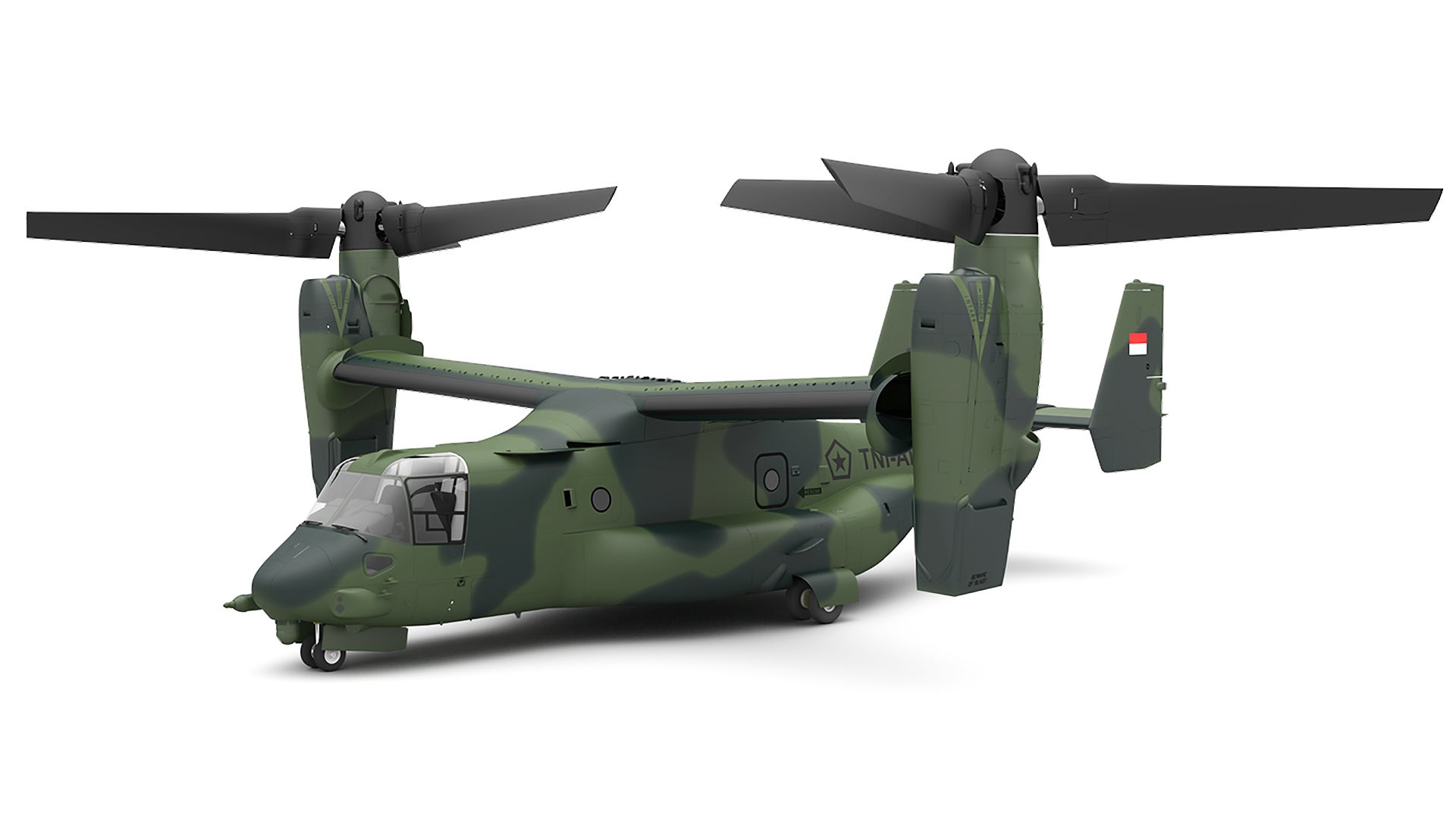The State Department has approved a Foreign Military Sale of eight MV-22 Block C Osprey tilt-rotor aircraft. When the associated support equipment, sustainment, and other items are added up, the total estimated price of the deal is $2B. The sale, if it is executed, will mark the second foreign air arm to purchase the Osprey, with Japan being the first. It would also be a win for the Bell-Boeing consortium that builds the Osprey. The 400th Osprey was just delivered off the 20-year-old production line a month ago.
The deal, as it sits now, is pretty much an end-to-end aircraft, support, and training agreement, with the MV-22’s acquisition cost making up just a fraction of the total dollar amount. An MV-22 Osprey costs roughly $75M.
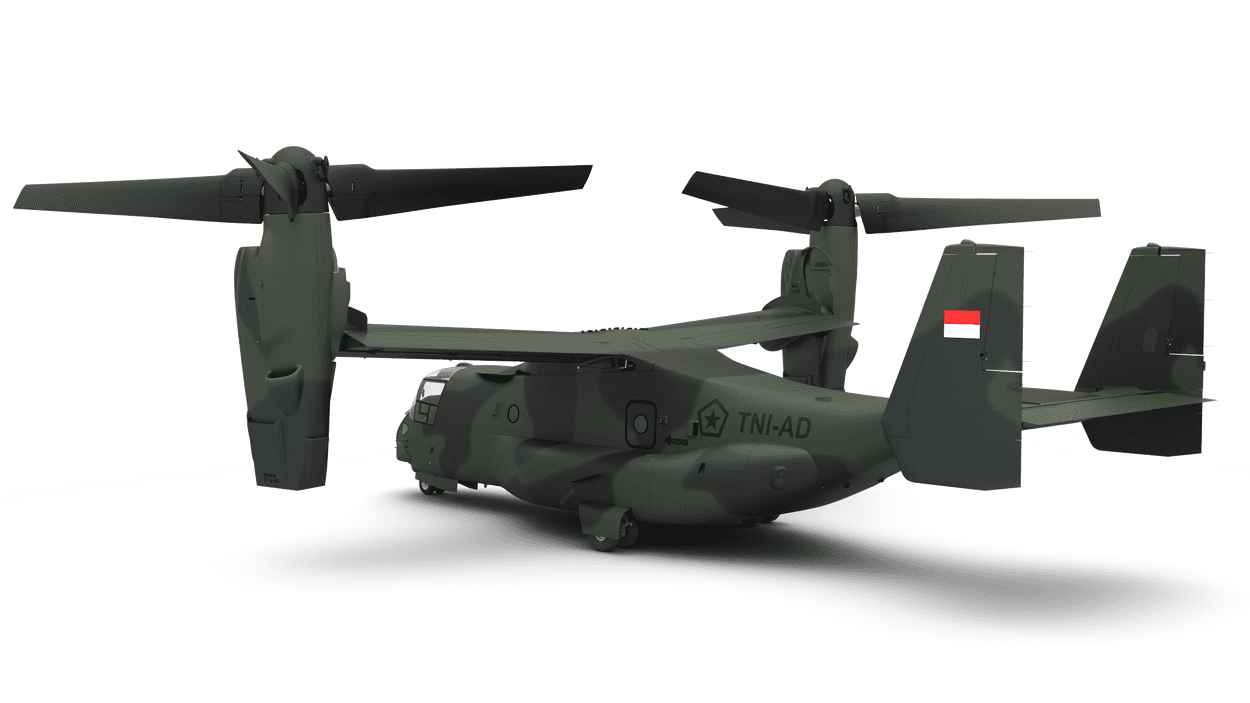
According to a State Department Release, the deal includes the following beyond the eight Ospreys themselves:
Twenty-four (24) AE 1107C Rolls Royce Engines; twenty (20) AN/AAQ-27 Forward Looking InfraRed Radars; twenty (20) AN/AAR-47 Missile Warning Systems; twenty (20) AN/APR-39 Radar Warning Receivers; twenty (20) AN/ALE-47 Countermeasure Dispenser Systems; twenty (20) AN/APX-117 Identification Friend or Foe Systems (IFF); twenty (20) AN/APN-194 Radar Altimeters; twenty (20) AN/ARN-147 VHF OmniDirectional Range (VOR) Instrument Landing System (ILS) Beacon Navigation Systems; forty (40) ARC-210 629F-23 Multi-Band Radios (Non-COMSEC); twenty (20) AN/ASN-163 Miniature Airborne Global Positioning System (GPS) Receivers (MAGR); twenty (20) AN/ARN-153 Tactical Airborne Navigation Systems; twenty (20) Traffic Collision Avoidance Systems (TCAS II); twenty (20) M-240-D 7.64mm Machine Guns; twenty (20) GAU-21 Machine Guns; Joint Mission Planning Systems (JMPS) with unique planning components; publications and technical documentation; aircraft spares and repair parts; repair and return; aircraft ferry services; tanker support; support and test equipment; personnel training and training equipment; software; U.S. Government and contractor engineering, logistics, and technical support services; and other elements of technical and program support.
The V-22, although its capabilities don’t come cheap, is particularly well suited for Indonesia, a country that is made up of a whopping 17,000 individual islands spanning thousands of miles. The ability for the V-22 to carry significant loads at turboprop speeds, while still being able to land and take off near vertically will drastically improve the logistics capabilities of the Indonesian military. This is especially true when it comes to natural disasters, which, sadly, the country is no stranger to.
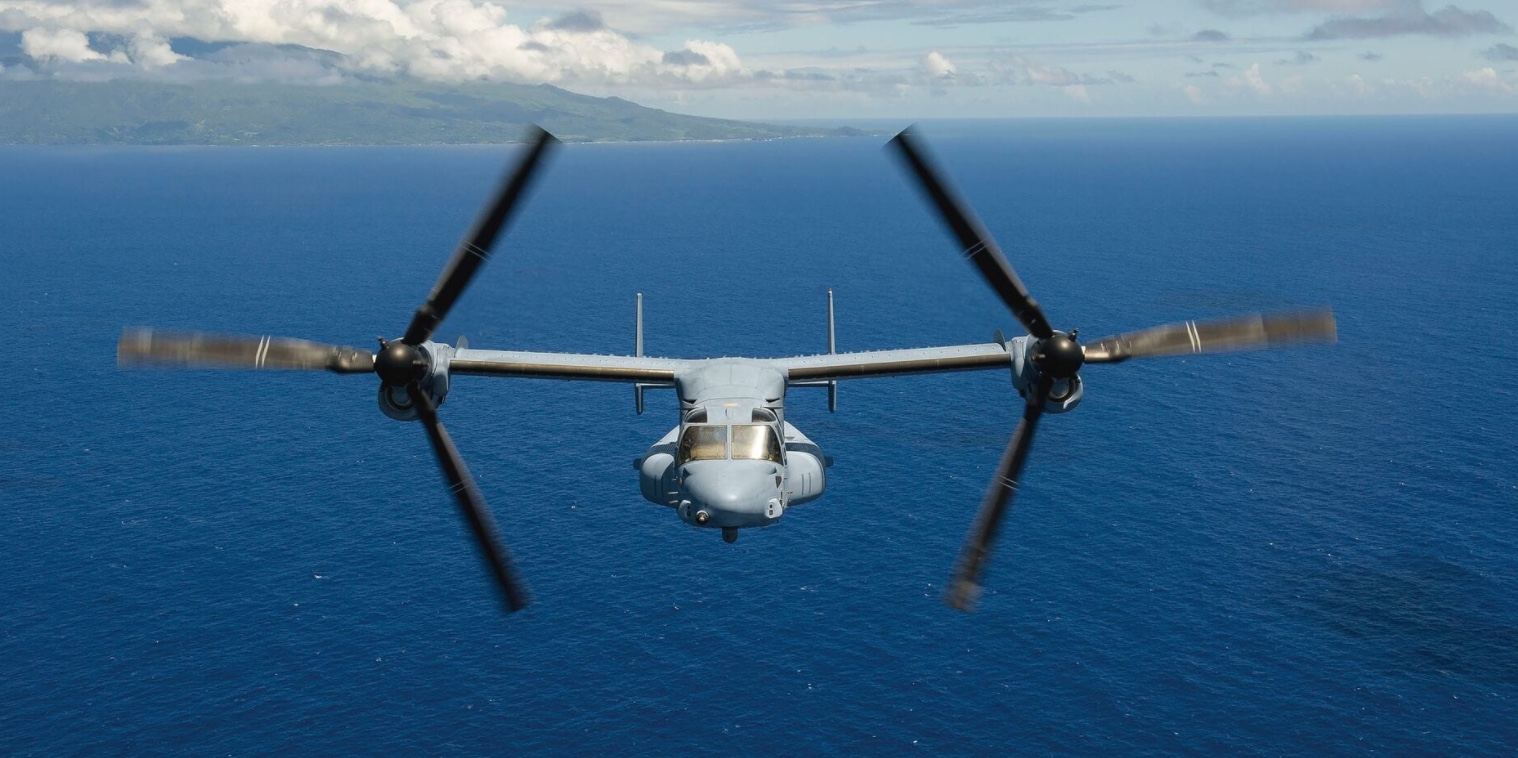
The MV-22s will also be a huge boon for supporting operations against radical Islamic groups, such as Jemaah Islamiyah, an offshoot of Al Qaeda, that continue to plague the country. The Osprey will give counter-terror operators far more flexibility when it comes to quickly responding to terror incidents and for executing preemptive counter-terror operations across Indonesia’s highly challenging terrain.
The State Department’s announcement continues, stating:
“This proposed sale will support the foreign policy goals and national security objectives of the United States by improving the security of an important regional partner that is a force for political stability, and economic progress in the Asia-Pacific region. It is vital to U.S. national interest to assist Indonesia in developing and maintaining a strong and effective self-defense capability. The proposed sale of aircraft and support will enhance Indonesia’s humanitarian and disaster relief capabilities and support amphibious operations. This sale will promote burden-sharing and interoperability with U.S. Forces.”
The burden-sharing and interoperability statement in the quote above is key. Having the infrastructure to sustain MV-22 operations in place in Indonesia could come in very handy should the U.S. find itself facing a major crisis in what is already a very tense region. The country’s strategic location between the tense South China Sea and Australia is extremely attractive for obvious reasons. Even Osprey operations that occur in the region today could benefit from such an arrangement.
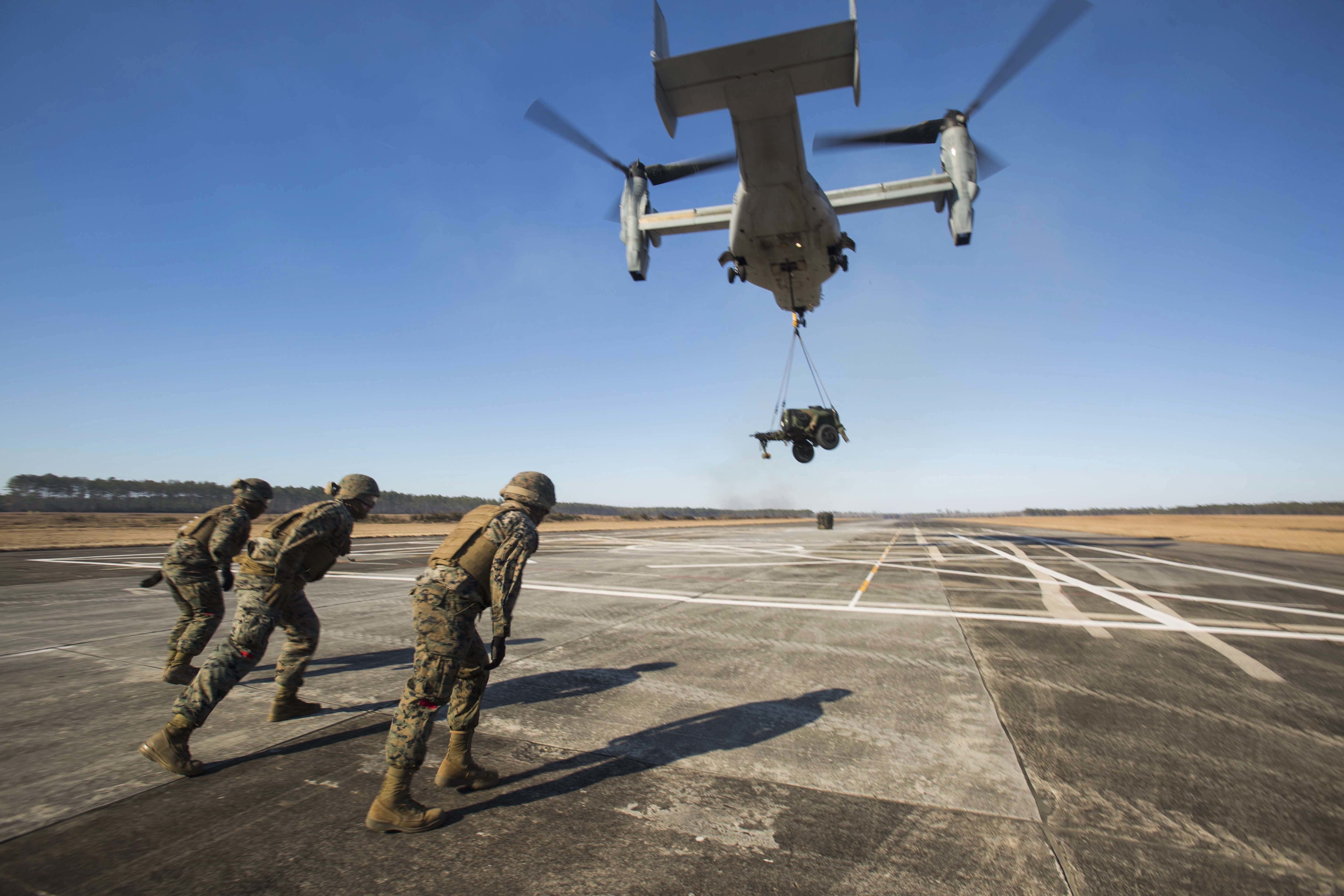
Indonesia has a highly diverse air arm, with aircraft from the U.S., Europe, and Russia filling out its inventory. While the country does have a number of turboprop transports and helicopters of various types on hand, none of them have the Osprey’s unique remote island-hopping over long-distance capabilities.
It will be interesting to see if any other countries follow suit when it comes to purchasing the Osprey. The long-awaited Israeli buy doesn’t appear to be in the cards anytime soon, but that doesn’t mean other nations won’t step up.
The Royal Navy could really use the V-22 for its two new F-35B equipped carriers, but the funding to see such an acquisition through seems like a long-shot at this point. Bell’s V-280 Valor is also a wildcard. It uses a second-generation tilt-rotor technology and is smaller and potentially more affordable than the V-22, while still offering similar baseline capabilities in some respects. For those that don’t require the Osprey’s rear ramp, heavier load-carrying capability, and hardy maritime attributes, it could potentially bring some nations that had passed on tilt-rotor tech into the fray. This will likely be dependent on the U.S. Army pursuing the type under its own Future Vertical Lift initiative, and the Valor is facing stiff competition for that high stakes program.
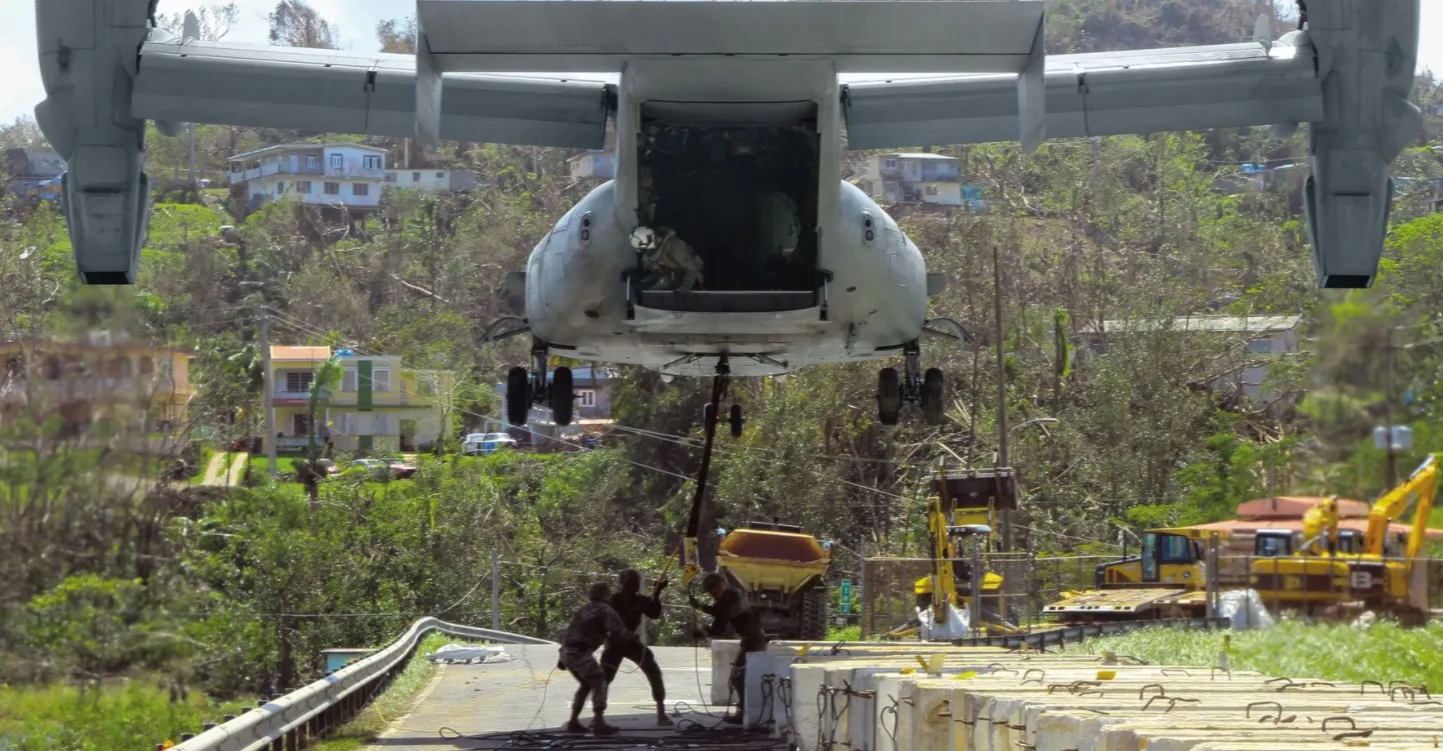
Other potential Osprey customers exist, but as it sits now, with the USMC, USAF, USN, and Japanese sales, and if this sale to Indonesia goes through, just under 500 Ospreys will be part of the program of record. So, the Bell-Boeing team still has some time to drum up more business before the production line is in serious jeopardy. They are even courting the small head of state transport market with a VVIP variant of the V-22.
No, that doesn’t mean a tech tycoon can buy one. The aircraft remains a controlled export through the Defense Security Cooperation Agency and Foreign Military Sale program, so it would be for government executive transport. Then again, there are plenty of countries where the lines between private and government are blurred, especially in the oil-rich kingdoms of the Middle East.
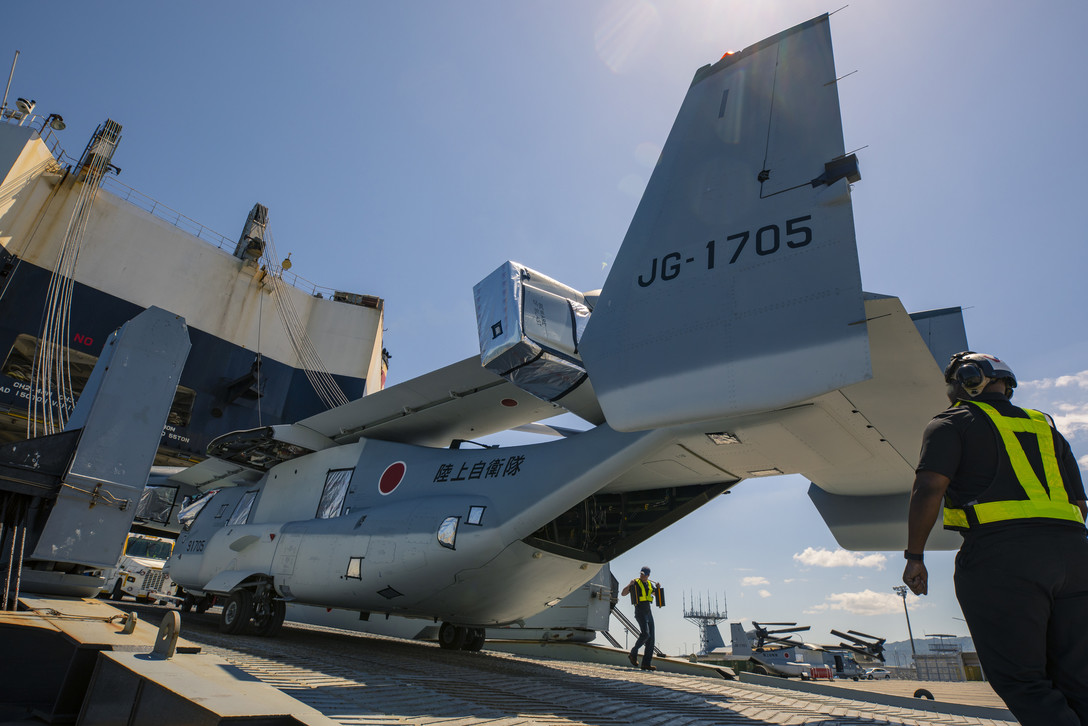
A ‘VV-22B’ would be the ultimate toy, capable of flying point-to-point, from palace to yacht, in a battle-proven aircraft equipped with the latest communications and defensive countermeasures. But this is also one of the markets the civilian certified AW609 has been trying to target for its long and tortured development, which may finally be coming to an end.
While production numbers overall of V-22 aircraft have been remarkably good, foreign adopters of the unique aircraft certainly haven’t been easy to find. The MV-22 remains a highly expensive aircraft to purchase and operate, with less than outstanding readiness figures over its career. These are definitely contributing factors to its lack of international sales, but if you want an aircraft that can land on a dime after flying over 1,000 miles at twice the speed of a normal helicopter, there is still just one choice, at least for now.
For missions like search and rescue and some long-range assaults, it is truly a magical machine.

Contact the author: Tyler@thedrive.com
